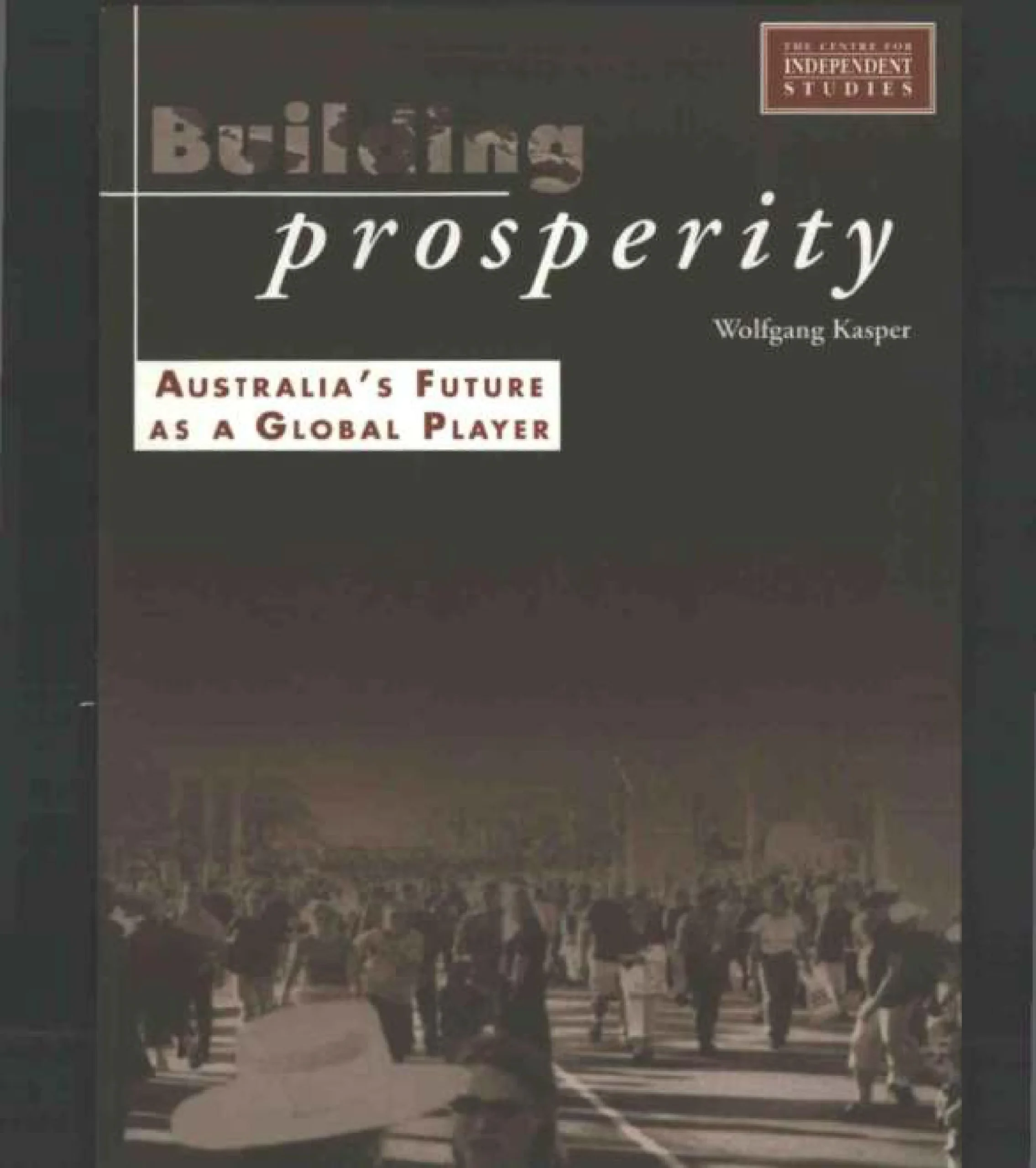
Australia has undergone a dramatic transformation over the past quarter century. One only has to look at 25-year old photos of the Sydney skyline to appreciate the change. Australia’s population has gone from 13 9 million in 1975 to almost 19 million in the year 2000. People have become more self-assured and cosmopolitan. The population has aged, but among the aging, affluent democratic nations, ours is now still one of the youngest. The economy has been transformed from a protected backwater on the global periphery to an outward-looking player.
Many Australian producers are competing successfully on the international stage. Competition among banks has led to wider choice and better service for consumers, Petro-efficient small cars cost less. Import liberalisation has brought cheaper clothing and hardware made in Asia, We can now enjoy world-class wines made in Australia, portable computers, credit cards, ATMs, yellow highlighter pens, mobile phones, email, and many more novel everyday items. In the process, manufacturing industries have
shrunk in relative importance and the service sector has expanded — almost unbelievably — to about three-quarters of the national product.
Many of these transformations have, of course, occurred worldwide, and some have disrupted familiar habits and expectations. However, over the past quarter century. Australians (and New Zealanders) have had to master more structural change than either Americans or Europeans. The reason for this is the coincidence of political moves in Australia to tear down the traditional protective barriers around the national market for goods, capital and services and worldwide technological change and globalisation.
Australians therefore had to cope with pent-up adjustment needs, postponed since Federation by an overly interventionist policy, at a time when the pace of global change accelerated. Seen in such a historic and global context, the task has been handled with surprisingly little disruption. Australian society has remained cohesive, civil and peaceful, and many have embraced and benefited from the changes.
However, author Professor Wolfgang Kasper warns that it is dangerous for our policymakers to sit back and expect today’s economic momentum to propel us into a prosperous future. “Over the past two decades, Australia has been transformed from a protected backwater on the global periphery to an outward-looking player,” he says. “Considerable progress towards greater economic freedom has been made, but the reform momentum appears to be flagging.”
Kasper says an intelligent reading of the history of long waves of economic growth should forewarn us: we ought to think about coping with inevitable economic downturns now while the going is good.
He cautions against the current self-satisfied triumphalism in Canberra policy circles, and points to the need for a return to genuine economic reform. The present phase of rapid worldwide innovation and high economic growth is likely to peter out before too long, Kasper says. When it does, flexible and creative responses in free and open markets will be the only way for Australians to avoid the consequences of a global slowdown.
Kasper advocates cutting back the size of government to 25% of the National Product, the privatisation of all superannuation and pensions, the devolution of many tasks of federal government to the states and local authorities, and compensation to private property owners who are adversely affected by new regulations.
